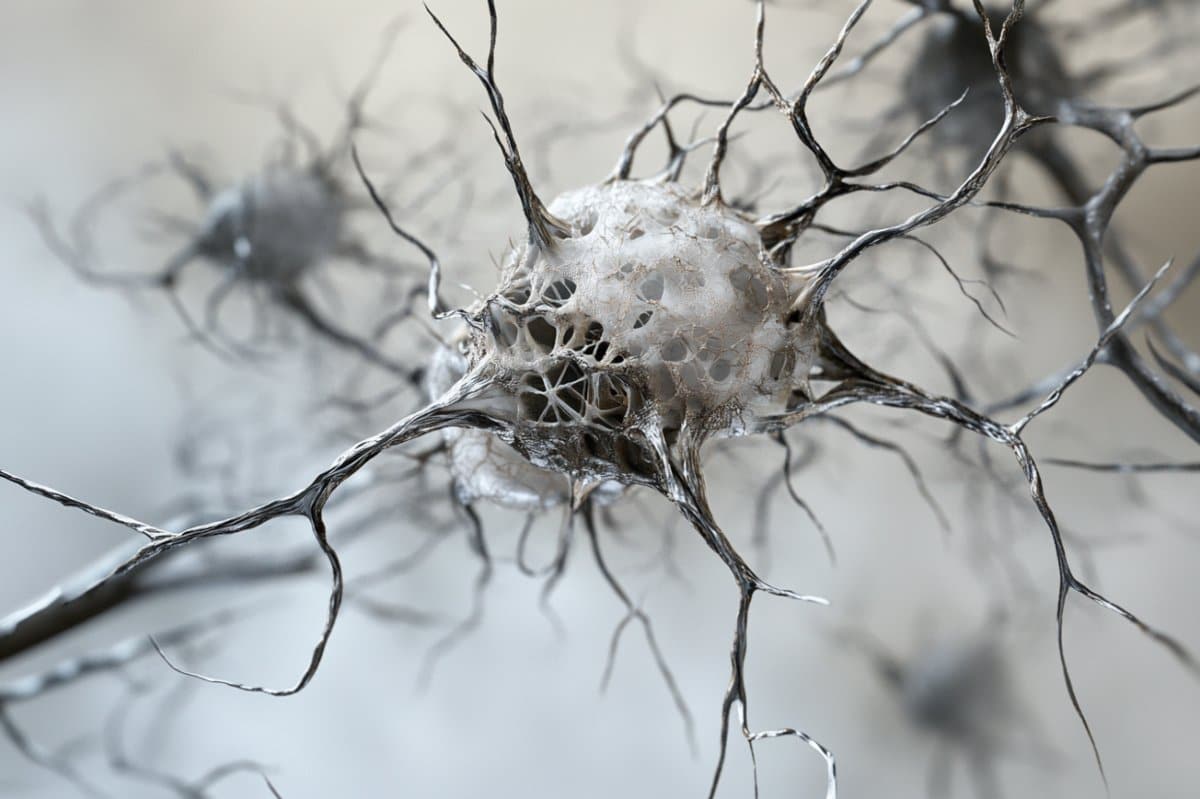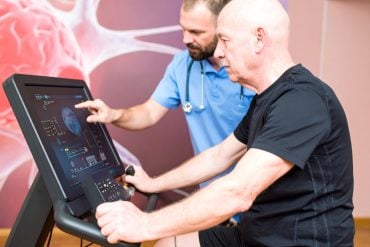Summary: New research reveals that neurons can switch their migration strategy depending on whether they move on flat surfaces or through tight, crowded spaces. This adaptive behavior is controlled by a mechanosensitive protein channel called PIEZO1, which detects mechanical stress and triggers a shift in how the cell’s internal motors generate movement.
When navigating confined environments, PIEZO1 activates a calcium signal that pushes the nucleus forward, allowing neurons to squeeze through narrow spaces. These findings challenge previous beliefs about fixed migration types and may have implications for treating brain injury and cancer metastasis.
Key Facts:
- PIEZO1 Role: Neurons use the mechanosensitive protein PIEZO1 to detect mechanical stress and adapt their migration mode.
- Mode Switching: Neurons pull themselves forward on flat surfaces but push through confined spaces.
- Broader Implications: Insights could help enhance neuron repair after brain injury and improve understanding of cancer metastasis.
Source: Kindai University
In the developing brain, neurons must navigate through complex and often crowded tissue to reach their final destinations—this process is crucial for proper brain formation and function.
Similar to how we might choose different methods of locomotion depending on terrain, neurons apparently employ distinct migration strategies based on various factors.

More specifically, scientists have observed different migration mechanisms across different neuron types. For example, migrating forebrain interneurons use myosin to exert a pushing force on the nucleus, whereas cerebellar granule neurons in culture dishes use actomyosin to generate a traction force that pulls the nucleus.
However, the precise mechanisms governing these migration modes remain underexplored, particularly how neurons switch strategies in response to environmental changes.
In a recent study, a research team led by Lecturer Naotaka Nakazawa of the Department of Energy and Materials, Faculty of Science and Engineering, Kindai University, Japan, has discovered that neurons can switch between different migration modes depending on whether they are moving across an unencumbered flat surface or squeezing through confined three-dimensional spaces.
Their paper, which was made available online on March 6, 2025, reveals a sophisticated mechanosensing mechanism that allows neurons to adapt their movement strategy to navigate the complex architecture of the developing brain.
The study was co-authored by Mineko Kengaku of Kyoto University, Gianluca Grenci of the National University of Singapore, Yoshitaka Kameko of Shibaura Institute of Technology, and Keiko Nonomura of Kyoto University.
This paper was made available online on March 6, 2025, and was published in Volume 44, Issue 3 of Cell Reports on March 25, 2025.
“In previous observations, we noticed that the nucleus in migrating neurons was significantly deformed in brain tissue. At the same time, migrating neurons sometimes exhibited dynamics different from those reported,” explains Nakazawa.
“We speculated that such irregular dynamics in migrating neurons might be activated as they pass through confined spaces in brain tissue, because the nucleus is deformed when the cell receives external mechanical stress.”
Using innovative techniques including microfluidic devices, computer simulations, and live imaging of brain cells and tissues, the researchers observed the migration of cerebellar granule neurons—a type of neuron found in the cerebellum—in both two-dimensional (2D) and three-dimensional (3D) environments.
In 2D cultures, the protein complex responsible for movement—actomyosin—concentrates at the front of the migrating neuron, pulling the cell forward.
However, when the same neurons encounter confined 3D spaces, they redistribute this machinery to the back of the cell, creating a pushing force that helps squeeze the cell through tight spaces.
The key to this adaptive behavior is a mechanosensitive protein channel called PIEZO1, which detects mechanical stress when neurons attempt to pass through confined spaces. When activated, PIEZO1 triggers calcium influx into the cell, initiating a signaling cascade that relocates the cell’s motor proteins to the rear membrane.
This repositioning generates contractile forces that help propel the cell forward through narrow passages.
The researchers confirmed the critical role of PIEZO1 by demonstrating that neurons lacking this protein could migrate normally in unconfined environments but struggled significantly when navigating confined spaces.
These findings challenge previous assumptions that different types of neurons inherently use different migration strategies, suggesting instead that neurons possess the ability to adapt their movement mechanisms based on their immediate surroundings.
On top of providing deep insights into important biological aspects of neuronal migration, the findings of this study could have relevant medical implications as well.
“When the brain is damaged, neuronal precursors called neuroblasts migrate to the lesion,” says Nakazawa.
“In the future, our findings may help develop therapeutic techniques to restore brain function by enhancing neuronal migration in the confined spaces of brain tissue.”
Worth noting is that the mechanisms underlying cell migration are fundamental to many biological processes beyond the brain, including embryonic development, immune responses, and cancer metastasis.
Cancer cells, for instance, must navigate through various tissue environments during metastasis, potentially employing similar adaptive strategies to neurons.
Understanding how cells sense and respond to physical constraints could therefore inform new approaches to diagnosing and treating conditions ranging from developmental disorders to metastatic cancer.
Let us hope more studies in this intriguing field help us clarify how neurons and other cell types find their way within our bodies.
About this neurodevelopment research news
Author: Tamaki Kasuya
Source: Kindai University
Contact: Tamaki Kasuya – Kindai University
Image: The image is credited to Neuroscience News
Original Research: Open access.
“PIEZO1-dependent mode switch of neuronal migration in heterogeneous microenvironments in the developing brain” by Naotaka Nakazawa et al. Cell Reports
Abstract
PIEZO1-dependent mode switch of neuronal migration in heterogeneous microenvironments in the developing brain
The migration of newborn neurons is essential for brain morphogenesis and circuit formation, yet controversy exists regarding how neurons generate the driving force against strong mechanical stresses in crowded neural tissues.
We found that cerebellar granule neurons employ a mechanosensing mechanism to switch the driving forces to maneuver in irregular brain tissue.
In two-dimensional (2D) cultures, actomyosin is enriched in the leading process, exerting traction force on the cell soma.
In tissue or 3D confinement, however, actomyosin concentrates at the posterior cell membrane, generating contractile forces that assist passage through narrow spaces, working alongside the traction force in the leading process.
The 3D migration is initiated by the activation of a mechanosensitive channel, PIEZO1. PIEZO1-induced calcium influx in the soma triggers the PKC-ezrin cascade, which recruits actomyosin and transmits its contractile force to the posterior plasma membrane.
Thus, migrating neurons adapt their motility modes in distinct extracellular environments in the developing brain.






